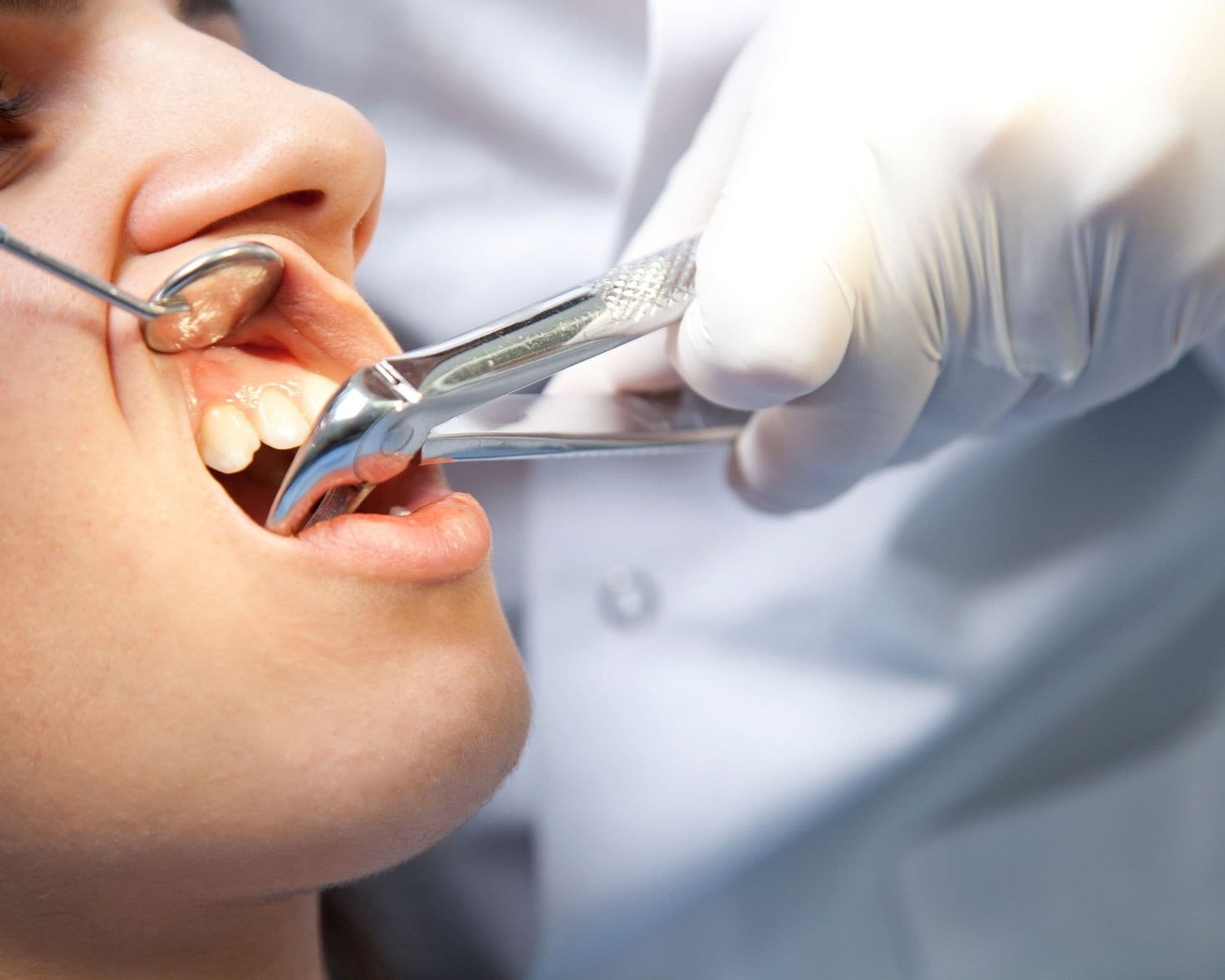If you need a tooth removed, whether due to infection, decay, or other dental issues, understanding the process and preparing for the procedure is crucial for a smooth experience. Tooth extraction is a common dental procedure, but it’s important to take certain steps to ensure you’re well-prepared before and after the procedure. This guide will help you know what to do if you find yourself in need of a Tooth Removal.
Understanding the Need for Tooth Removal:
Before you decide on getting a tooth removed, it's essential to understand why the extraction is necessary. Your dentist will evaluate the condition of the tooth and surrounding area to determine the best course of action.
Reasons you might need a tooth removed:
- Severe decay or infection: If a tooth is too damaged by decay or infection to be restored, removal might be the only option.
- Overcrowding: In preparation for orthodontic treatments, such as braces, a tooth may need to be removed to create space for alignment.
- Impacted wisdom teeth: Wisdom teeth that are impacted, causing pain or infection, often need to be extracted to prevent further complications.
- Gum disease: Advanced gum disease may cause tooth loosening, requiring removal to prevent damage to surrounding teeth and gums.
Consult with your dentist to fully understand the necessity and benefits of tooth extraction.
Preparing for the Tooth Removal Procedure:
Once you’ve decided to proceed with tooth removal, preparation is key to ensuring everything goes smoothly. Proper planning can help minimize stress and make the recovery process easier.
Steps to prepare for tooth extraction:
- Ask questions: Speak with your dentist about the procedure, including any potential risks or concerns you may have.
- Arrange for transportation: Depending on the type of anesthesia used, you may need someone to drive you home after the procedure.
- Follow pre-procedure instructions: Your dentist may provide specific instructions, such as fasting before surgery or stopping certain medications.
- Prepare your home: Set up a comfortable space to rest after the procedure, with easy access to pain medication and soft foods.
Being well-prepared will help ensure a smooth experience before, during, and after the procedure.
What to Expect During the Tooth Removal?
Knowing what to expect during the extraction process can help ease any anxiety and ensure you’re ready for the procedure.
Typical steps during tooth removal:
- Anesthesia: Local anesthesia will numb the area around the tooth to prevent pain. For more complex extractions, general anesthesia or sedation may be used.
- Tooth removal: Your dentist will gently loosen the tooth from its socket and remove it. If the tooth is difficult to extract, they may break it into smaller pieces.
- Stitches: In some cases, stitches may be needed to close the gum tissue after the extraction.
The procedure typically takes about 30 to 60 minutes, depending on the complexity of the extraction.
Aftercare: Essential Steps for a Smooth Recovery
Proper aftercare is crucial to ensure a smooth recovery after tooth removal. Following your dentist's instructions closely will help reduce the risk of complications and speed up the healing process.
Key aftercare tips:
- Control bleeding: Bite gently on gauze to help stop bleeding. Change the gauze as needed.
- Manage swelling: Use an ice pack on the outside of your face to reduce swelling during the first 24 hours.
- Take prescribed pain medications: Follow your dentist’s recommendations for over-the-counter pain relievers or stronger medications if needed.
- Avoid disturbing the site: Don’t rinse your mouth forcefully or touch the extraction site with your fingers to avoid disturbing the healing process.
- Eat soft foods: Stick to soft foods like yogurt, soup, and mashed potatoes for the first few days to avoid irritating the extraction site.
Taking care of yourself post-extraction is essential for a faster and more comfortable recovery.
When to Contact Your Dentist After Tooth Removal?
While some discomfort and swelling are normal after a tooth extraction, it's important to know when to contact your dentist if complications arise.
Signs to contact your dentist:
- Excessive bleeding: If bleeding doesn't stop after several hours, it may be a sign of a complication.
- Severe pain: If pain becomes unbearable and doesn’t respond to medication, contact your dentist.
- Signs of infection: Redness, pus, fever, or an unpleasant taste in the mouth could indicate an infection at the extraction site.
- Dry socket: If the pain intensifies several days after the extraction, it could be a sign of dry socket, a condition where the blood clot dislodges prematurely.
If you notice any of these symptoms, reach out to your dentist for advice or further treatment.
Alternatives to Tooth Removal:
In some cases, Best Tooth Removal might not be the only option. If you're not sure about extraction, there are alternatives to consider before making a final decision.
Possible alternatives include:
- Root canal therapy: If the tooth is infected or damaged but still salvageable, a root canal may save the tooth and eliminate the need for extraction.
- Dental crowns or fillings: A tooth that is decayed but not severely damaged can often be restored with fillings or crowns.
- Orthodontics: In cases of overcrowding, braces or aligners might provide the space needed without the need for extractions.
Your dentist will discuss all available options with you, so you can make an informed decision based on your specific situation.
Conclusion:
Getting a tooth removed can be an important step in maintaining your overall oral health. Whether it’s due to severe decay, infection, or other dental issues, understanding the need for extraction and preparing for the procedure can help ensure a smooth and comfortable experience. By following proper aftercare instructions, being aware of the signs of complications, and considering alternatives, you can ensure a successful recovery and maintain a healthy smile. If you think you might need a tooth pulled, consult with your dentist to discuss the best course of action for your situation.

